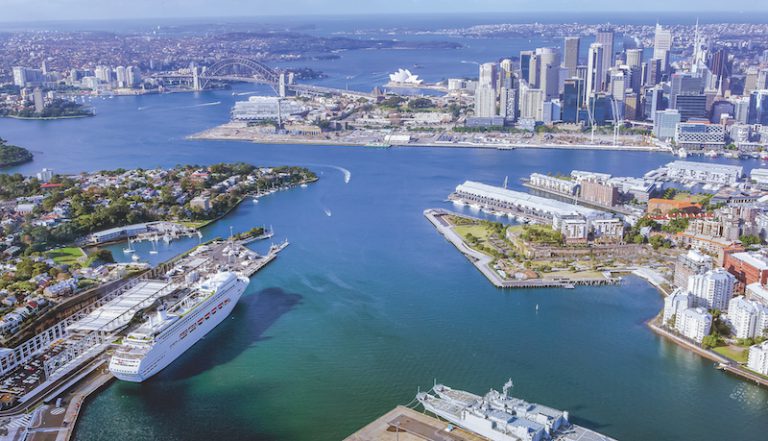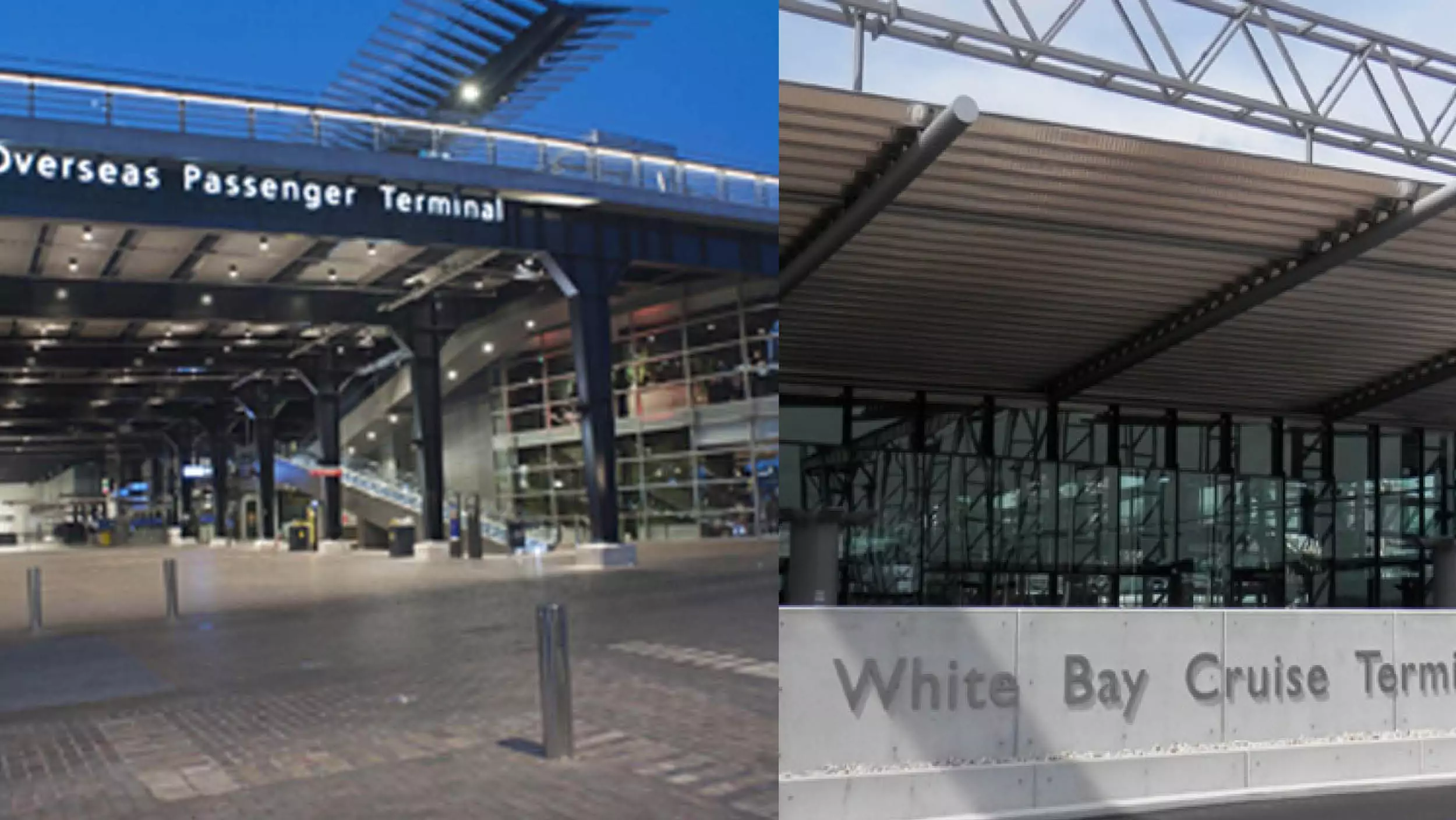For the first time in the Southern Hemisphere, cruise ships heading for White Bay Terminal in 2024, will be able to berth alongside the kerb and plug in renewable energy at Net Zero emissions.
You can do it in a Tesla. And just like the increasingly common EV’s, you’ll soon be able to do it with a cruise ship: plug in to power.
Shore power is coming to White Bay Terminal in Sydney – in a move that will finally bring a smile of relief to residents of surrounding areas such as Balmain and Rozelle.
In order to keep the lights – and a lot more – on cruise ships, vessels have had to keep their engines running so generators are charged.
Now the Port Authority of NSW’s concerted plan to introduced shore power in Sydney will cut 14,000 tonnes of CO2 emissions every year.
“That’s equivalent of taking 4,000 passenger vehicles off the road or planting more than 70,000 trees,” says Philip Holliday, CEO of Port Authority of NSW in an interview with New Wave.
The Port Authority plans to install five shore connection points with the Bays Port precinct – four for bulk ships at Glebe Island and one for cruise ships at White Bay Cruise Terminal.
“Introducing shore power is integral to our ambitious Net Zero targets,” said Mr Holliday.
“By this time next year, July 2023 we will have defined, measured and made commitments to the reduction of our Scope 3 emissions.
‘By 2040 Port Authority plans to reach net zero in our scope 1 and 2 emissions, meaning an overall balance between greenhouse gas emissions produced and greenhouse gas emissions taken out of the atmosphere.
‘We are leading by example and demonstrating our strong commitment to addressing climate change through our net zero targets,’ he said.
He explained this is one way in which the Port Authority will contribute positively to addressing climate change and at the same time reduce the impact on the local community.
“As well as the significant reduction in greenhouse gas emissions, the introduction of shore power could see a reduction in noise from cruise ships of up to 10dB.”
“Powering down the ships’ engines which normally burn diesel fuel will also reduce the effects of local air emissions. It also further demonstrates our commitment in delivering a sustainable and innovative port in the Bays West Precinct.”
He stressed that shore power is one way of creating a port of the future as it minimises the impacts on our neighbours while ensuring the economic and logistical importance of the port is retained.
The Port Authority has plans to install shore power at other locations and is already undertaking studies to deliver this major infrastructure to other port locations.
“The decision as to whether to install shore power also considers, for example, the impact on amenity, availability of electrical supply and disruption that could be caused during construction.
“Introducing shore power also sees us work closely with our industry partners.
“Ship operators need time to modify their vessels to connect to shore power.
“This retrofitting is done during dry docking, which is often planned years in advance,’ he said.
He added that shore power is not only fuel efficient, it provides ships with electricity from connecting to landslide power.
“It will enable the vessel to continue to operate using energy supplied from 100 per cent renewable resources, rather than fossil fuels.
“Shore power is fuel efficient as the vessel will not need to generate any of its own power to meet its demand for power while in port to keep equipment such as lighting, air conditioning, refrigeration and communication systems operating.
‘For bulk and other cargo ships, shore power will also enable onboard cargo handling equipment to continue to be used,’ Mr Holiday said.









